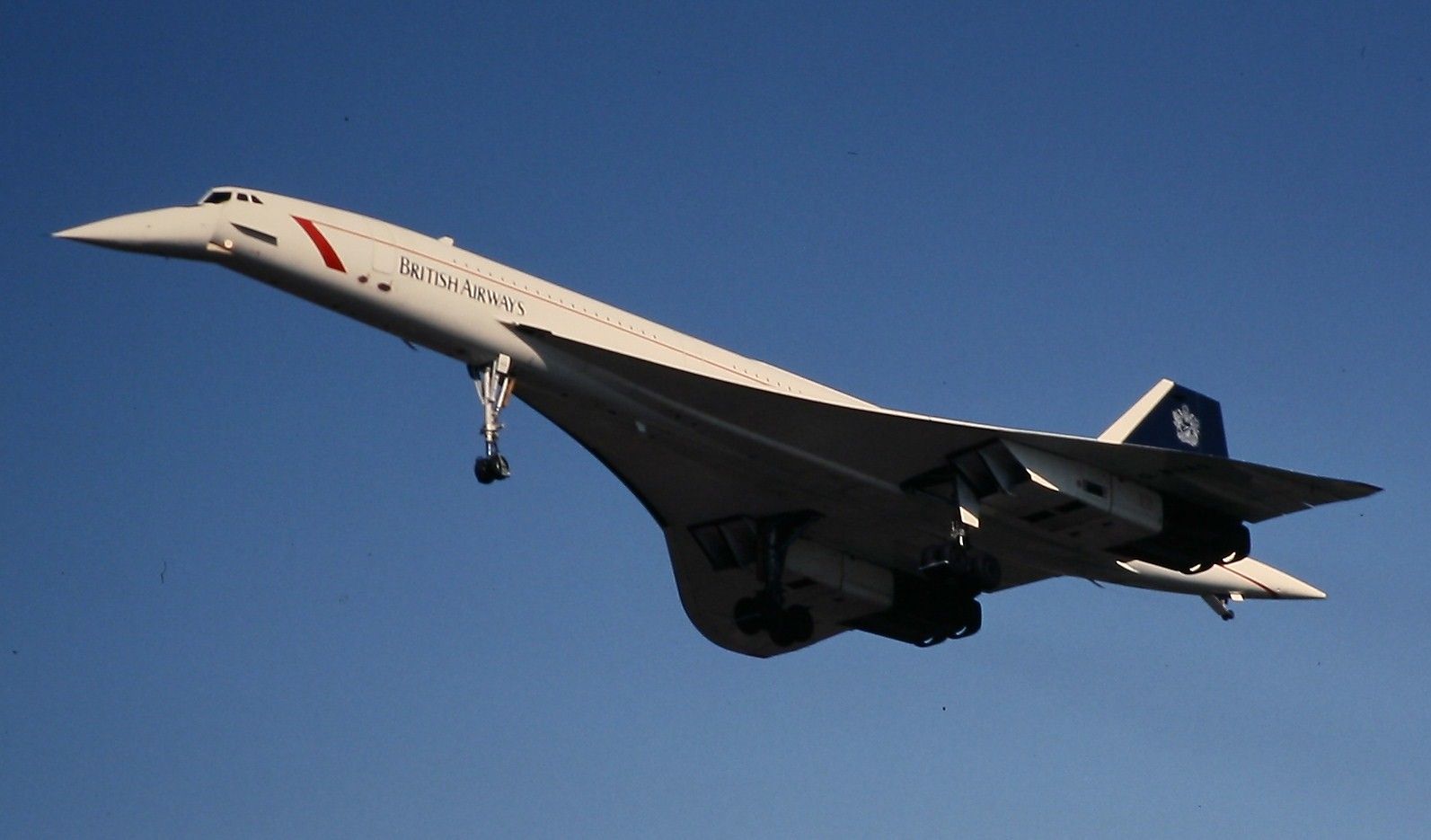While all aviation enthusiasts will know of the Franco-British supersonic Concorde airliner, few will know the significant role that two Welshman played in making the aircraft a reality. Credited with being the man responsible for the Concorde being built was aeronautical engineer and chief engineer on the project, Sir Morien Morgan.
Born on December 20, 1912, in Bridgend, Morgan attended Grammar school in Cardiff before going on to study aeronautical engineering at both Oxford and Cambridge universities. Morgan then served a brief apprenticeship with British plane maker Vickers before working at the Royal Aircraft Establishment (RAE) in Farnborough, Hampshire.
Morgan worked on the Spitfire
Leading up to and during World War Two, Morgan worked on the Spitfire, specializing in aircraft control and stability. It was his work on the Spitfire that led him to believe that, in the right hands, supersonic passenger flight would be possible. On the centenary of his birth in 2012, an historical blue plaque was placed on his house. When speaking at the occasion to the British Broadcasting Corporation (BBC) his daughter Professor Deryn Watson said:
"There was no side to dad, he got on with everyone and told it like it was; that's probably how he was able to bring everyone together in the Concorde project in the way he did. A Welshman to the core, he never lost his Welsh accent, played the piano, sang in choirs, smoked a pipe, and frequently had a twinkle of amusement in his eyes."
Morgan convinced Britain and France to work together
In November 1956, Morgan became the chairman of the new Supersonic Transport Aircraft Committee (STAC) and quickly realized that if Britain and France wanted to build a supersonic airliner, neither had the money nor the knowledge to do it alone. As such, on November 29, 1962, Britain and France signed a treaty agreeing to pool their resources to get ahead of the Americans and Russians.
In February 1965, two prototype aircraft were revealed as 001 in Toulouse, France, built by Aerospatiale - formerly SUD Aviation - and 002 by the British Aircraft Corporation (BAC) at Filton Aerodrome, just outside the English city of Bristol. While Morgan was credited with designing the plane's swept-back delta wing and retractable nose, his greatest contribution was his ability to get the British and French engineers to share the same vision. When speaking about this with the BBC, British Airways Chief Concorde Pilot Mike Bannister said;
"Morgan the Supersonic as he was known to us was a legend while I attended the Hamble College of Air Training between 1967 and 1969. For all his engineering brilliance, he was a master diplomat, bringing together Britain and France at a time when they weren't exactly getting on.
"At that stage it needed someone with drive and panache; quite aside from the obvious language difference, British planes were also using imperial measurements and the French ones using metric measurements, yet, they still joined up. There were all of those challenges, but Morien, through pure will of character, made them come together."
Brian Trubshaw was the first British Concorde pilot
The second Welshman to have a connection to Concorde was Brian Trubshaw who, despite being born in Liverpool in 1924, grew up in the town of Llanelli in Carmarthenshire. After attending Winchester college, Trubshaw joined the Royal Air Force (RAF) and became the pilot in charge of flying King George VI. After leaving the military, he became a test pilot for BAC and ended up being the first British pilot to fly Concorde.
Despite having predicted the sale of 300 aircraft to 12 airlines, in the end, only 20 were built and only two airlines operated the type, British Airways and Air France. Expensive to operate and restricted by noise rules, the Concorde project came to a shuddering halt on July 25, 2000, when Air France Flight 4590 crashed shortly after taking off from Paris Charles de Gaulle Airport (CDG).
All 109 passengers and crew and four people on the ground were killed in the crash. In 2003 Air France decided that it would retire its Concorde from service, with British Airways following suit not long after, bringing an end to supersonic passenger flights.
Source: BBC



